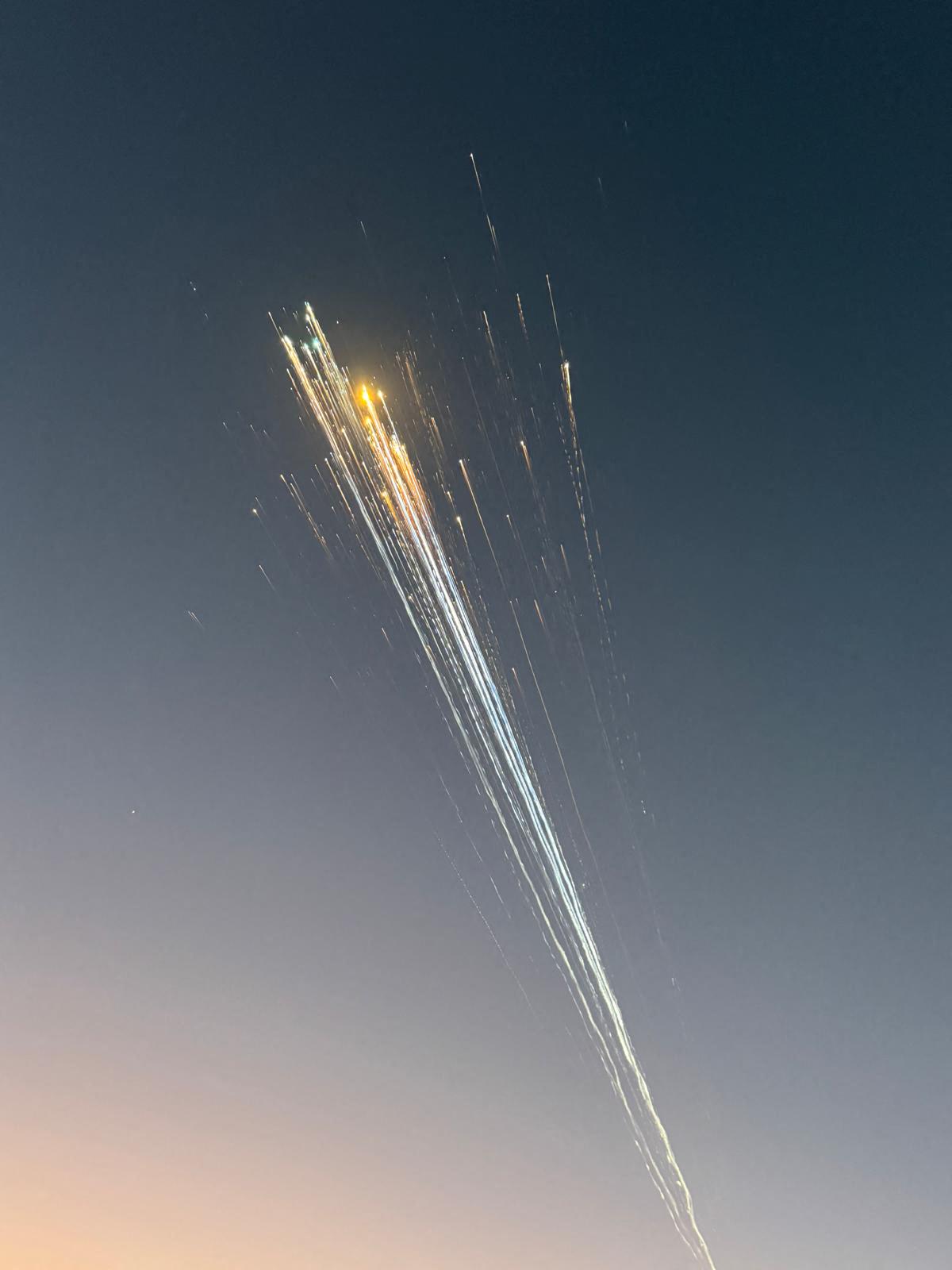Researchers warn: Satellite crashes could cause long-term damage to the ozone layer

Every day, several Starlink satellites from Elon Musk's SpaceX burn up in the Earth's atmosphere. Scientists warn that the particles released could damage the ozone layer in the long term.
The explosion of a SpaceX "Starship" rocket in November 2023 had a noticeable impact on the Earth's upper atmosphere. Russian researchers were able to use satellite-based navigation systems to prove that the detonation caused a so-called plasma hole - an area in which charged electrons suddenly disappeared.
Open preferences.

In January, a test of Starship, the gigantic next generation of mega rocket, ended with an explosion over the Atlantic ©AFP
"Usually, such holes are formed by chemical processes, but in this case it was a direct result of the explosion," researcher Yuri Yasyukevich from the Institute of Solar-Terrestrial Physics in Irkutsk told the Russian news agency TASS. The hole closed again after about an hour, but the released particles could have a longer effect.
The bigger problem, however, is not individual rocket launches, but the growing number of satellites that SpaceX is launching into space – only to burn up again after just a few years.
Since 2019, the company has launched around 7,000 Starlink satellites, and in the long term this number could rise to 42,000. Currently, around two-thirds of all objects in low Earth orbit (LEO) belong to Musk's satellite fleet. Since each Starlink satellite is only active for around five years, new ones are constantly being sent into space while the old ones burn up in the atmosphere.
Astrophysicist Jonathan McDowell wrote on X in January 2024 that four to five Starlink satellites are currently being brought down in a controlled manner every day. The number will increase in the coming years - with potentially serious consequences for the atmosphere.
A 2023 analysis by the US weather agency NOAA showed that up to 10 percent of the particles in the stratosphere already consist of molten metal fragments that look suspiciously like satellite debris.
Particularly worrying: The researchers found traces of niobium and hafnium – rare elements that do not occur in nature but are used in satellites.
"We are significantly changing the composition of the stratosphere," McDowell told CNET. This is particularly problematic because the stratosphere not only regulates the Earth's climate, but also protects the ozone layer.
A NASA-funded study published in Geophysical Research Letters examined the effects of burning satellites on the ozone layer. The researchers came to a worrying conclusion:
- A single satellite releases around 30 kilograms of aluminum oxide nanoparticles during re-entry.
- Between 2016 and 2022, the amount of these particles increased eightfold .
- In the future , up to 360 tons of aluminum oxide nanoparticles could enter the stratosphere every year.
These particles trigger chemical processes that break down ozone – and remain in the atmosphere for decades without decomposing.
Joseph Wang, a space scientist at the University of Southern California, is a co-author of the study. "We calculated an annual exceedance of the natural aluminum oxide level of more than 640 percent," he said. This could lead to a significant depletion of the ozone layer. "We are very concerned."
While some researchers are sounding the alarm, others are urging caution. "Wait and see, " is the general consensus. The exact effects have not yet been fully researched.
"If many tons of aluminum oxide are released into the atmosphere every day, it could certainly affect the ozone layer," said McDowell. "But it's also possible that the amounts are not yet sufficient to cause major damage."
Manuel Metz, an expert on space debris at the German Aerospace Center, drew a parallel to the microplastic problem in the oceans in an interview with Tagesschau:
"We are creating a microparticle problem in the atmosphere and we don't yet understand what the long-term consequences will be."
Open preferences.
Open preferences.
Open preferences.
vol.at



